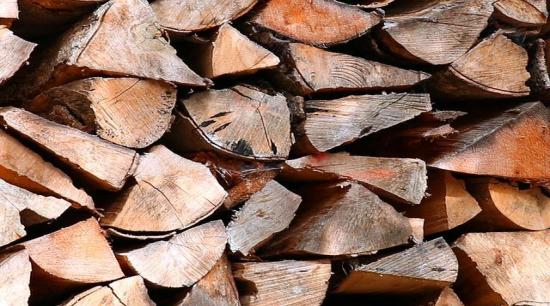 Knuckle cracking refers to the action of moving joints in such a way that they produce a sharp popping sound. This is most common in the form of deliberate knuckle cracking, but it can also happen in other joints throughout the body such as in between the neck and back vertebrae, in the wrists, elbows, toes, shoulders, knees or jaw. Sometimes, loud popping sounds can be caused unintentionally, as a result of the snapping of tendons or scar tissue over a prominence such as a hip.
Knuckle cracking refers to the action of moving joints in such a way that they produce a sharp popping sound. This is most common in the form of deliberate knuckle cracking, but it can also happen in other joints throughout the body such as in between the neck and back vertebrae, in the wrists, elbows, toes, shoulders, knees or jaw. Sometimes, loud popping sounds can be caused unintentionally, as a result of the snapping of tendons or scar tissue over a prominence such as a hip.
The intentional sounds are generally made when the fingers are bent into a position which the muscles cannot reach on their own, for example bending the finger away from the palm (-extension), pulling them away from the hand (-distraction), compressing a knuckle in the direction of the palm (-flexion) or twisting the finger (-torsion). Cracking a joint that has been used recently is widely considered to be palliative.
The physical cause of the sounds is actually unclear. The most popular hypothesis is that the small, vacuum-like bubbles form within the synovial fluid of the joint, and then collapse in a sudden manner, producing the sound, similar to the sound which can be made while manipulating material such as silly-putty. This is the most likely theory because it can be applied to all joints, and, studies have shown that gases are released from the joints when they are cracked.
The often-heard warning “cracking your knuckles can give you arthritis” is a myth. However, knuckle-crackers are more likely to have hand swelling with overuse. The habit itself is put in the same negative category as nail biting and such, but the real health repercussions are scarce.
